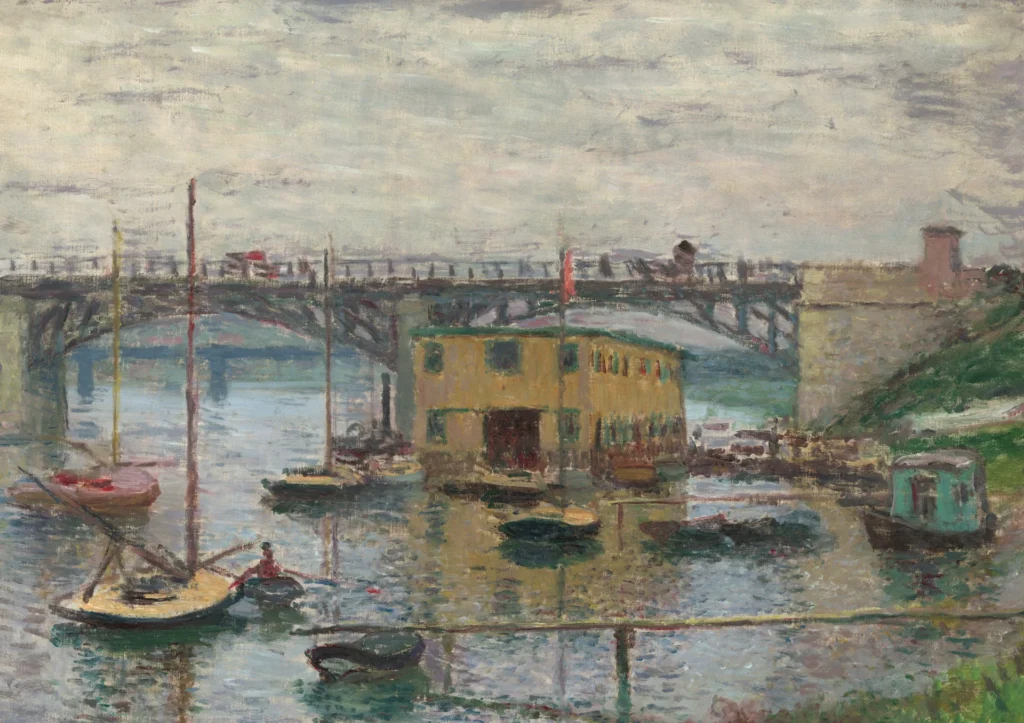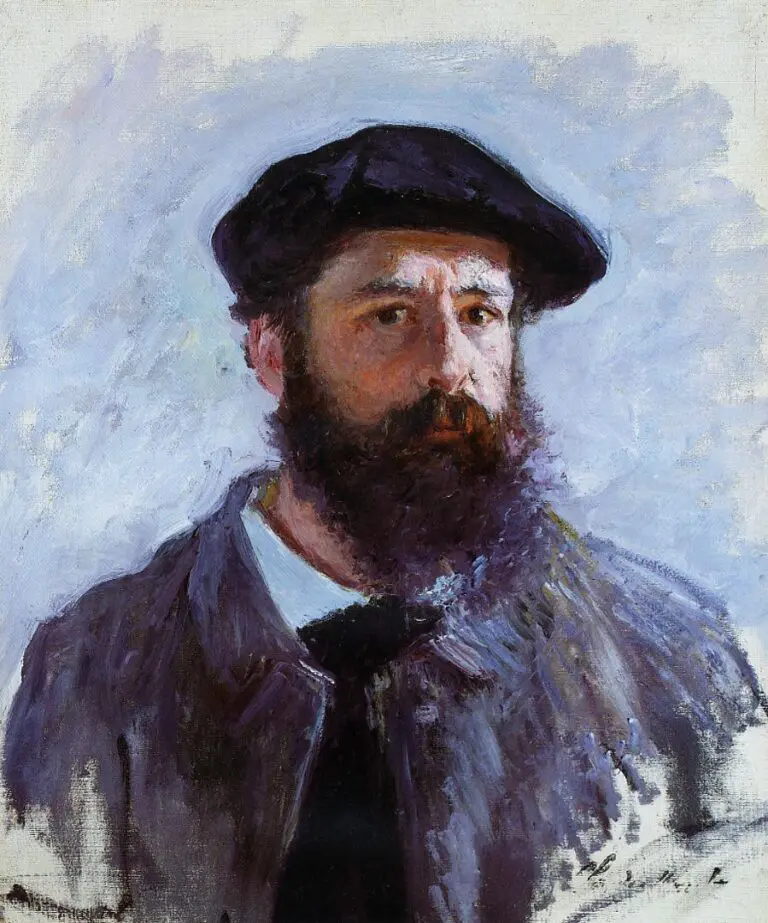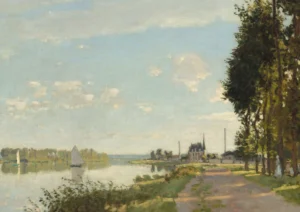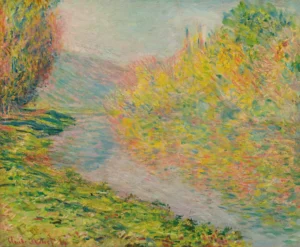Bridge at Argenteuil on a Gray Day (1876)
Created in 1876, Bridge at Argenteuil on a Gray Day is a stunning representation of Claude Monet's Impressionist style, characterized by its focus on light and ambiance. Measuring 61 x 80.3 cm, the painting depicts a serene bridge scene in Argenteuil, a charming suburb of Paris, under a moody gray sky. Monet's unique brushwork captures the transient effects of weather on everyday landscapes, inviting viewers to immerse themselves in the subtle beauty of the moment.
Year 1876
About the Artwork
This painting encapsulates Claude Monet's fascination with the suburban landscape of Argenteuil, where he often sought inspiration in the ordinary yet transformative scenes of everyday life. Monet painted this work during the 1870s, capturing the serene and somewhat melancholic atmosphere of a gray day. The bridge depicted, a vital part of the area's infrastructure, serves as a symbol of connection while also drawing the viewer into the tranquil waters that reflect the muted sky. Monet's vibrant brushstrokes and atmospheric color palette exemplify the essence of Impressionism, a movement that he helped pioneer. This piece invites viewers to feel the stillness of the moment and appreciate the beauty found in nature's subtleties and the impact of light on the environment.
Did You Know
Argenteuil was a frequent subject for Claude Monet, who painted numerous landscapes of this area during the 1870s. The region’s proximity to Paris made it a popular retreat for artists looking to escape the city.
Monet is considered one of the founders of the Impressionist movement. His innovative approach to painting, focusing on capturing light and atmosphere, changed how landscapes were represented in art.
In Bridge at Argenteuil on a Gray Day. Monet offers viewers a glimpse into daily life in the late 19th century, emphasizing the mundane beauty of ordinary sights and the artist’s emotional response to their surroundings.










